20+ SAMPLE Formal Proposal
-

Official Committee Proposal Form
download now -

Proposal Outline for Club & Organization
download now -
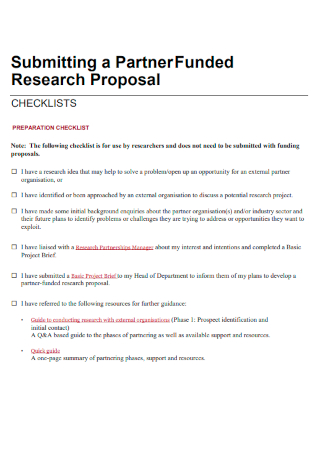
Submitting a Partner Funded Research Proposal Checklist
download now -

Journal Call for Special Issue Proposals
download now -
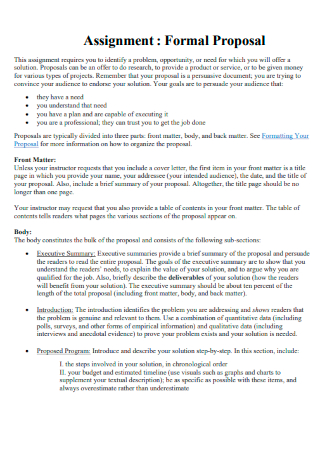
Assignment Formal Proposal
download now -

Key Elements of a Complete Proposal
download now -

Club Formal Proposal
download now -

Proposal Format for School Health Programme
download now -

Technical Proposal & Significance
download now -

Proposal Letter for a New ChemClub
download now -

Project Proposal Format
download now -

Proposal for a Digital Newspaper
download now -

Grant Proposal
download now -
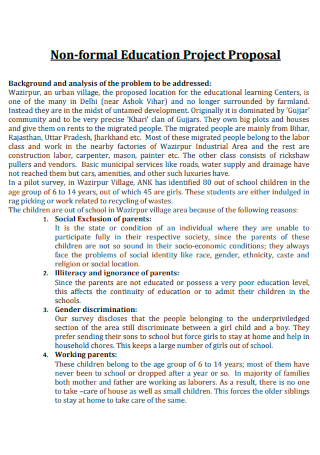
Non formal Education Project Proposal
download now -

Standard Proposal Outline
download now -

Thesis Proposal
download now -
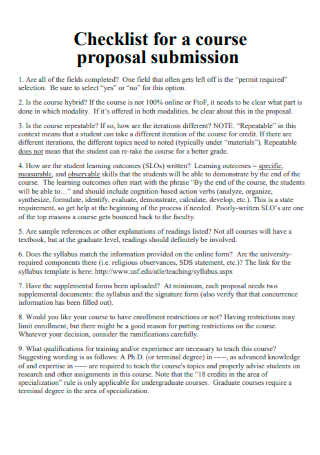
Checklist for a Course Proposal Submission
download now -

Project Proposal on Child Friendly Education
download now -

Request for Formal Proposals Optometry Equipment
download now -
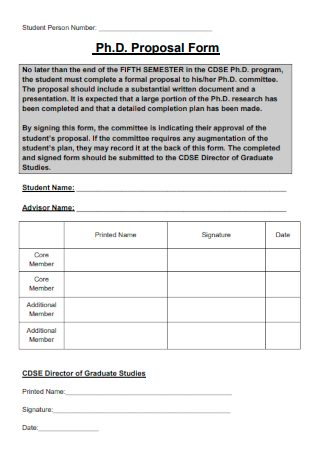
Ph.D. Proposal Form
download now -

Final Graduate Directed Project Proposal
download now
FREE Formal Proposal s to Download
20+ SAMPLE Formal Proposal
What Is a Formal Proposal?
Purpose of a Formal Business Proposal
Different Variations of a Formal Proposal
How to Write a Formal Proposal
6. Closing Statement
FAQs
How to determine when to write a formal proposal?
Why are proposal letters important?
What is an informal proposal?
What Is a Formal Proposal?
A formal proposal is often a strategically based business document used to explain your company and the solution you wish to give to a prospective client to persuade them to buy or purchase your services from you rather than one of your competitors. A formal Proposal may be required in response to a request for a proposal. If you are new to the industry, then you may also be not as familiar with the process. Not to worry though, because this article has readily provided formal proposal ideas and a formal proposal template for you to use.
Purpose of a Formal Business Proposal
Businesses, organizations, and government agencies ask for proposals as part of a formal and professional selection process for purchasing products and services, whether goods or a resource. A business proposal’s objective is to create a logical case for why your organization is the best choice for offering that product or service. While some company proposals are little more than a simple price quotation centered on the suggested charge for supplying a product or service, most Business Proposals must address a wide variety of variables other than pricing. The following are the most critical aspects of a formal proposal that you should take note of.
Different Variations of a Formal Proposal
As wide of an industry the business sector is, you will come to observe that there are various types of formal proposals utilized by different organizations or companies for different purposes or intentions. You need to be aware of the different uses for these varieties because not only would it impress your higher-ups, but also help in further persuading the other party to work with your company. A win for you is a gain that the business would benefit from. Continue reading this curated list to be more knowledgeable on the different types of formal proposals, do know these are the most commonly used.
How to Write a Formal Proposal
The extent of the business proposal should be determined by the services being proposed. For a basic project, a few phrases for each area should be enough. Overburdening the customer with too much information may be as unappealing as under burdening them with too little. However, writing a formal proposal is likely to last numerous weeks, especially if the project suggested is extensive. You don’t have to worry as much because this article will provide you with a formal proposal outline to guide you on what content should be included as well as a format of a formal proposal so you won’t blank out on the respective sections.
1. State Professional Information
If this is the first time the two companies have exchanged business proposals, begin by writing an introduction to the company. Otherwise, if both parties have already established a working relationship, then what starts off the formal proposal would be factual information about both companies. This includes but is not limited to the official name of the companies, the respective addresses of their offices, and lastly the updated Contact List they utilize.
2. Objectives
Followed right after would be an inclusion of creating a general objective statement that explains how the planned effort would solve the situation at hand. This should describe the request for a proposal specifics, present the problem, and then outline the suggested solution in a way that an upper-level executive can read and comprehend. The other party must be able to thoroughly understand the point of the goal you are leading the relationship to.
3. Scope of the Project
In this part, you will explain the scope of the proposed project. This should provide the reader with a basic notion of what will be included in the text and what has been expressly omitted. Project Scope is a technique to establish your project’s limits and describe the specific goals, dates, and project deliverables you will be working toward. By specifying your project scope, you can ensure that you meet your project goals and objectives on time and without overworking.
4. Include the Deliverables
This is where the specifics are kept. List out each item, service, activity, or project phase, along with details on what will be done, where and when it will be done, and how it will be covered by the offering company, based on the work done in the preparation stage. The deliverables should be structured similarly to the first Request For Proposal so that the receiver can see how all of their queries have been addressed.
5. Present the Budget and Timeline
There are various methods to present a budget estimate and a tabulated timeline. A project budget offers a thorough assessment of all expenditures that are expected to be incurred before the completion of the project. It is also important that you include the project Timeline to keep the other party informed on what milestones you are aiming to achieve for a specific week or month if the project is indeed extensive.
6. Closing Statement
The official proposal should conclude with a conclusion and a request for feedback. These parts should collaborate to make it clear what is being presented and what type of reaction is desired. To avoid cluttering up the first page, including any new material as an attachment to the initial proposal. Because the proposal is intended to lead to an agreement or contract, it is not necessary to contain as many specifics unless they are essential to the contract itself. These details may be sorted out later.
FAQs
How to determine when to write a formal proposal?
Basic qualifications should be achieved before even contemplating developing a proposal or conducting a lengthy sales call. Only consider writing a formal proposal if you have a clear understanding of the situation your customer is having. Once you have this information, you may acquire a verbal agreement. The agreement shows that they are enthusiastic about your concept. Now that you understand their problems and they know what you can do for them, you can tailor the formal proposal to their unique needs. That means you should only suggest once you have gotten verbal approval.
Why are proposal letters important?
Proposal letters are significant since they are often the recipient’s first impression of you and your company. A concise and persuasive letter will raise the probability of your audience favoring and moving forward with your plan. A proposal letter, a phrase with several overlapping meanings, is most typically used to refer to a document that serves as a comprehensive proposal for minor projects when an in-depth proposal with a table of contents and significant project specifics is not necessary. Your company may opt to send a formal proposal letter first before engaging with the company in an in-depth discussion of a project.
What is an informal proposal?
Informal proposals are produced when individuals need to ask for approval to create a purchase, start a project, or write a report; this style of the proposal is a manner of convincingly presenting an idea and requesting for action to be done on that concept. In general, informal proposals are divided into several sections: introduction, background, plan, personnel or team members, budget, and authorization.
The day when you draft your proposal writing is critical to crafting an outstanding formal proposal that achieves results, but you must also establish value and relationship with your client to truly address their concerns. So, instead of wasting time producing dull proposals that yield no results, invest your time in developing a connection with your customer and learning how to discern when it is appropriate to give them a proposal that reflects everything you have discussed. This is why it is important to dedicate countless hours to writing a formal proposal for a business that would surely gain approval from your client.
